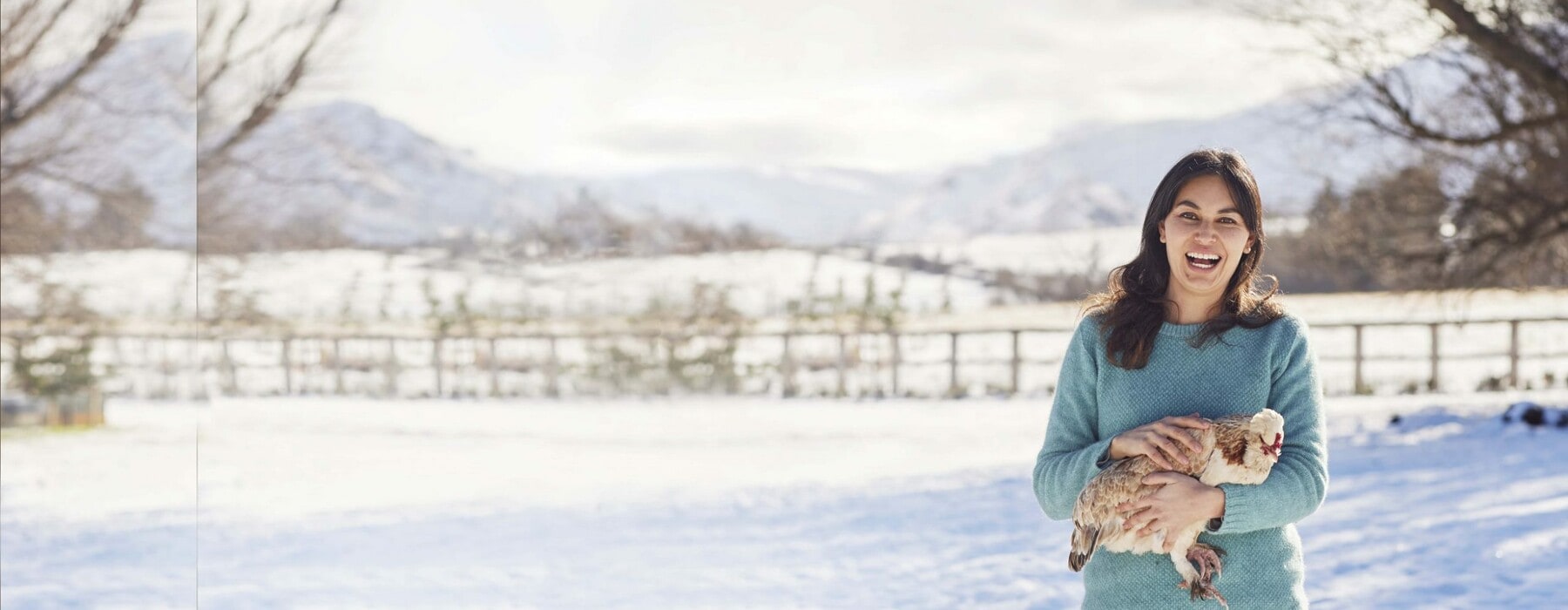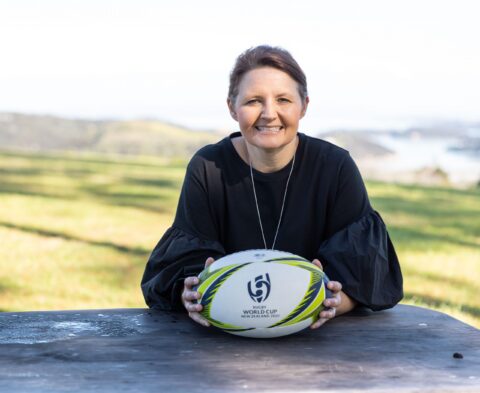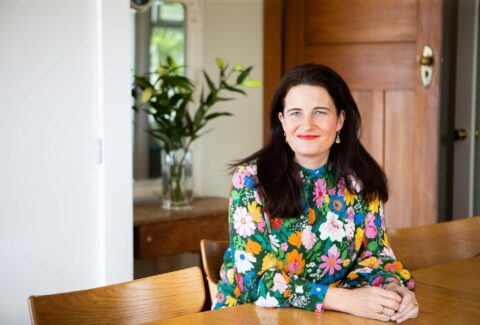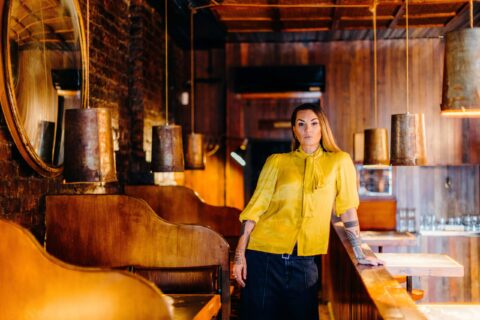Nadia Lim and her family are on a mission to show that farming ethically can be profitable, and she tells new Thrive editor Niki Bezzant about their sheep’s deliciously diverse diet, growing tonnes of garlic and a million sun flowers, as well as harnessing chicken-power to care for the soil.
Nadia Lim is one of the country’s best-known and best-loved cooks. But even she can run out of recipe ideas sometimes.
That’s how she’s feeling when I talk to her at her Arrowtown farm, where she and her husband Carlos live with their boys Bodhi, four, and River, nearly three. They grow almost all the food they eat, something she finds immensely satisfying.
“I really love that,” she smiles. “But do you know what? I’m just starting to get a little bit bored of pumpkin, cabbage, brussels sprouts, kale, onions, carrots and parsnips. That’s literally all we’ve got left! And even I’m running out of ideas of ways to use it.” She has 18 pumpkins left for the rest of the winter and is on a mission to get Bodhi to enjoy it – he won’t touch it right now.
But being overwhelmed with home-grown vegetables isn’t really what’s occupying Nadia’s thoughts these days.
She and Carlos have a bigger mission than just feeding themselves. They want to feed many others from their 485-hectare farm, too, and along the way help reshape the way New Zealand grows its food. “Our mission is to create a blueprint for other farms around New Zealand for how to farm in the most sustainable, ethical and profitable way,” she says.
“It’s a real trifecta. You’ve got to have all those boxes ticked.”
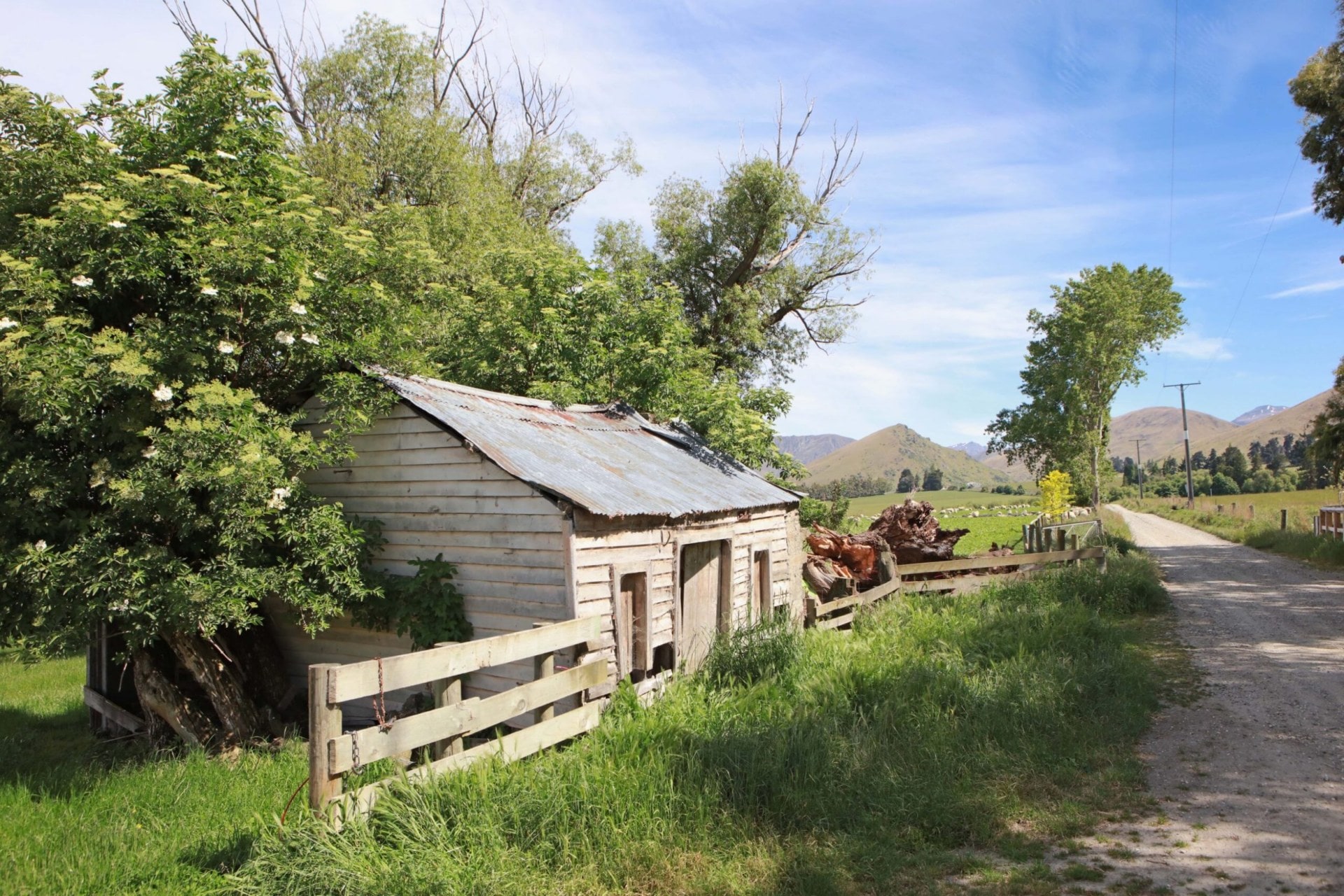
A regenerative journey
The couple have taken an unconventional approach to the farm, which has been a traditional sheep and barley station since the 1880s.
A lot of modern farming is monocultural, with farms just producing one or two products. “Whereas we’ve completely diversified,” Nadia says. “We do everything from lamb and wool to pasture-raised free-range eggs which we sell direct to the public; to grains and different seeds like sunflower seeds.” Peas, lupins, oats, wheat, barley and more sunflowers are going in next.
Nadia and Carlos have just started an organic horticulture arm, too. They’ve planted “enough garlic to produce a couple of tonnes. And come spring and summer, we’ll be doing green produce as well.”
They’re also growing seed mixes for other regenerative farmers. “They have phacelia, clover and buckwheat and oats and all sorts of random things in them, for animals to eat over winter, instead of using the more traditional approach of pure brassicas and hay,” Nadia explains.
This varied mix means farmers can avoid the more intensive form of “wintering”, in which animals are put into paddocks that can become muddy, to eat swedes, turnip or kale when there’s no grass to be had. The effect of stock standing ankle-deep in mud has drawn criticism in recent years, and is now the subject of new rules under the National Environmental Standards for Freshwater regulations.
“It’s a tough one because down this far south, of course, you’ve got such long winters and grass and other things don’t grow,” Nadia says.
“But we think you can do things a bit differently. So we planted a very diverse mix – we call it our regenerative winter mix – and that’s what the sheep have for their winter feed. Furthermore, because you’ve got a lot more living roots in the ground as a good cover, you don’t have exposed mud, and you don’t get soil erosion, run-off and that kind of thing when it rains heavily. And the sheep love it.”
Her human nutrition background – Nadia is most well-known as the co-founder and brand ambassador of My Food Bag, but also practised as a dietitian in her pre-MasterChef days – has attuned her to what her animals are eating, too.
“When we first moved here about 20 months ago, one of our first questions was: ‘Why are our sheep just eating grass?’” she says. “I thought, surely they’d want to eat other things.”
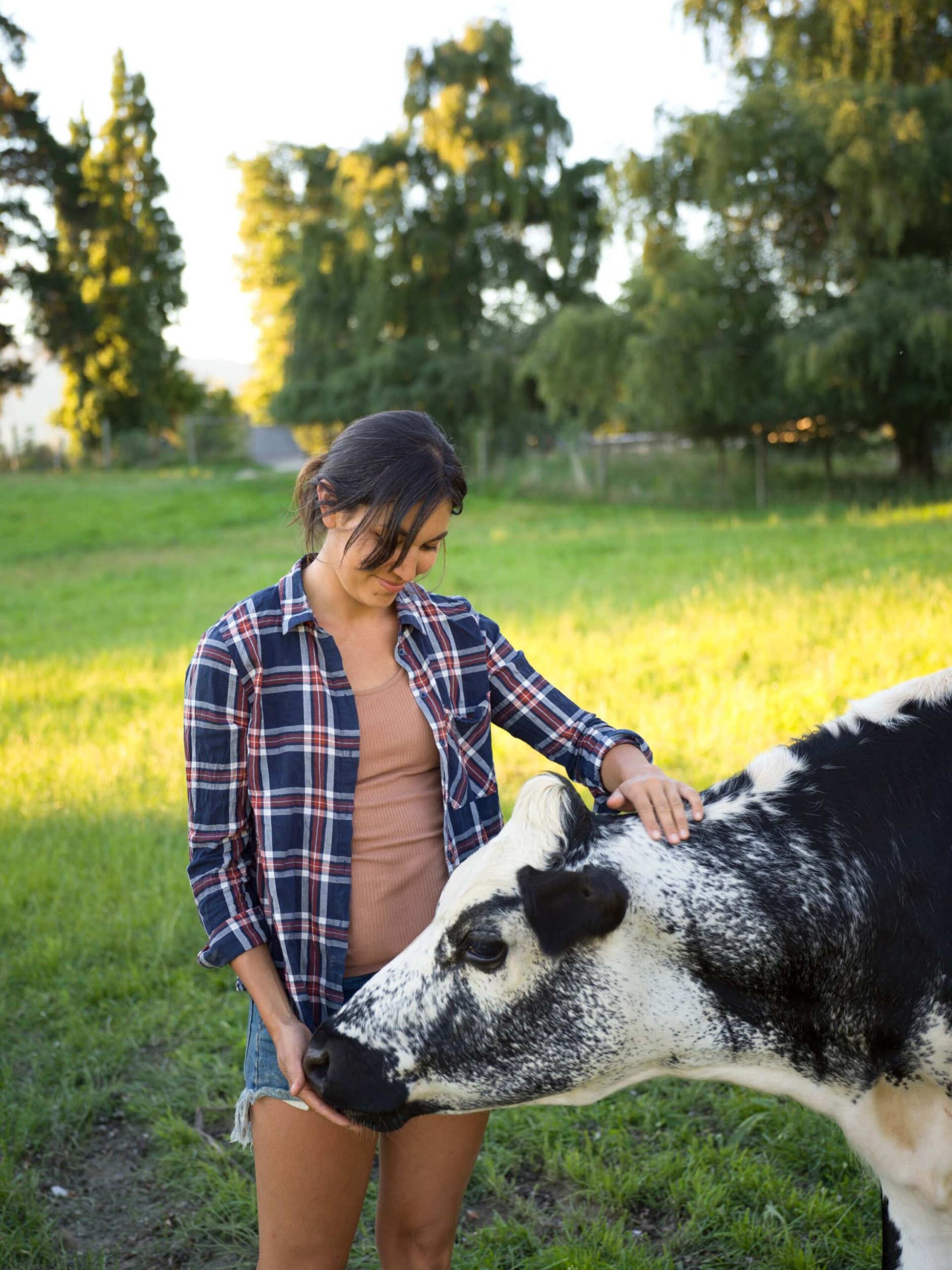
“And so I started researching other things you could grow and that they could eat. Clearly one of the key nutrition principles in human nutrition and animal nutrition is the more varied your diet, the wider the nutrient base you’re going to cover. It just makes absolute, complete sense.”
Animals are pretty smart, she reckons. “They can almost self-medicate, you know, they kind of know what they need more of. Our sheep now have such a smorgasbord of things.”
That smorgasbord includes grass, chicory and the regenerative crop mix, along with other treats consumed as part of the mixed regenerative system on the farm, which is half sheep and half crops.
All elements contribute as much as possible to the system. When the wheat, barley and sunflower seed crops have been harvested, the sheep go into the fields to clean up all the leftover stalks and seeds.
The farm system also makes use of 850-plus chickens for more than just their eggs, employing “chicken tractors” to let the chooks roam over selected parts of the land, contributing their tasty eggs and also their nitrogen-rich poo, one of nature’s great fertilisers.
There’s no food waste, either, something Nadia says is one of the many great things about her rural life. “To have zero food waste feels so good to me, because it actually used to eat a part of my soul every time I would throw some food out into the rubbish bin in the city, where our backyard was too small for a compost bin. But now I don’t feel any of that guilt because all the scraps go to my chickens and then we get these beautiful eggs from them.”
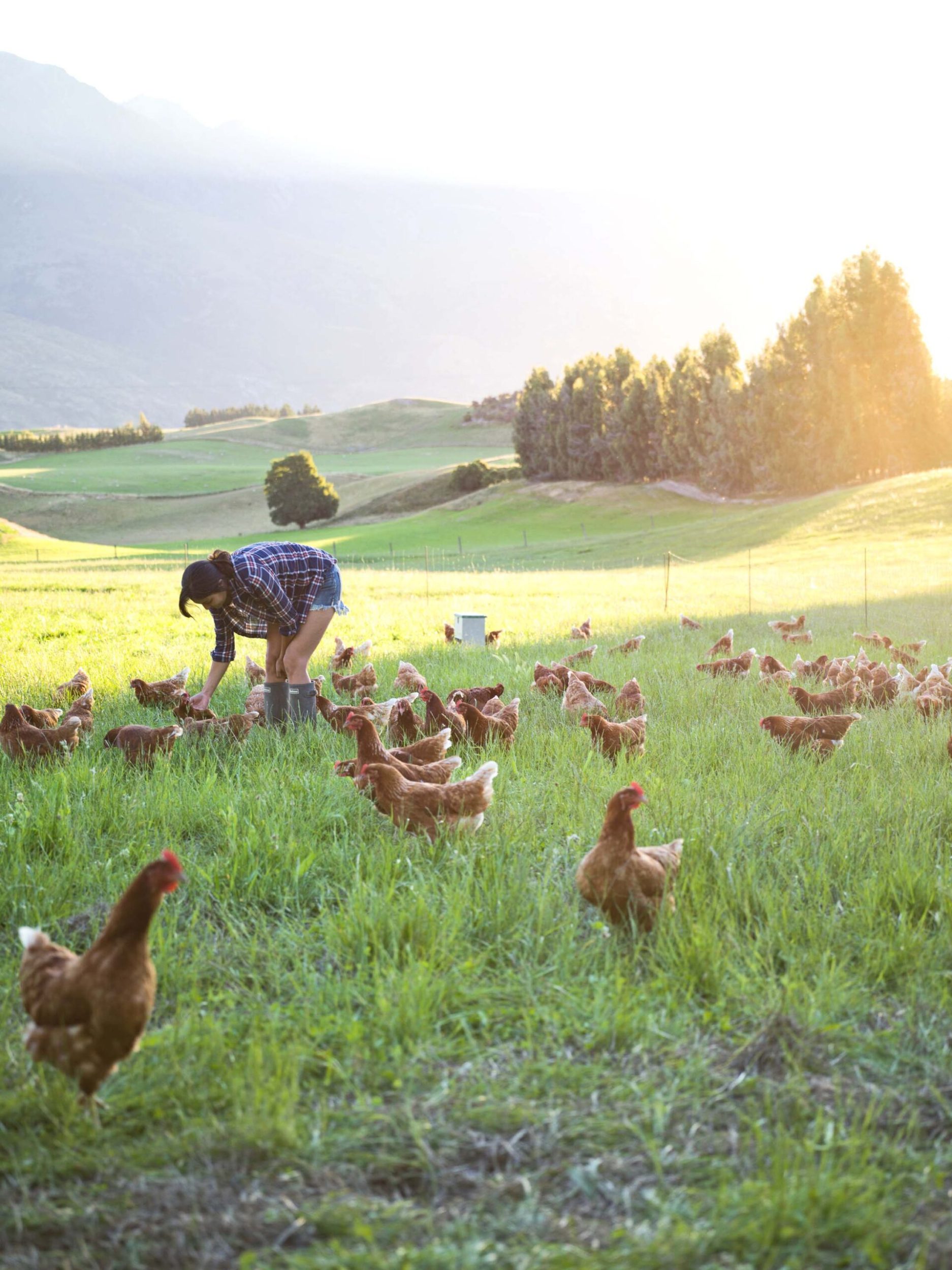
The joy of being newbies
Nadia and Carlos know they’re newbies on the farm, but Nadia thinks this might have its advantages. “In some weird way it’s actually been quite an advantage coming from a non-traditional farming background because you question things a lot more. You ask why things are done this certain way,” she says. “And I think you almost get to use your gut and instinct a little bit more, because you’re not so defined by the way that things have always been done. And it’s cool that we’ve had some amazing wins with what we’re trying to do.”
One of those wins was growing a million sunflowers for seed last summer, under contract to The Good Oil company. If you’ve been on Instagram you might have seen shots of the fields blazing with fiery colour (and sometimes featuring semi-naked influencers).
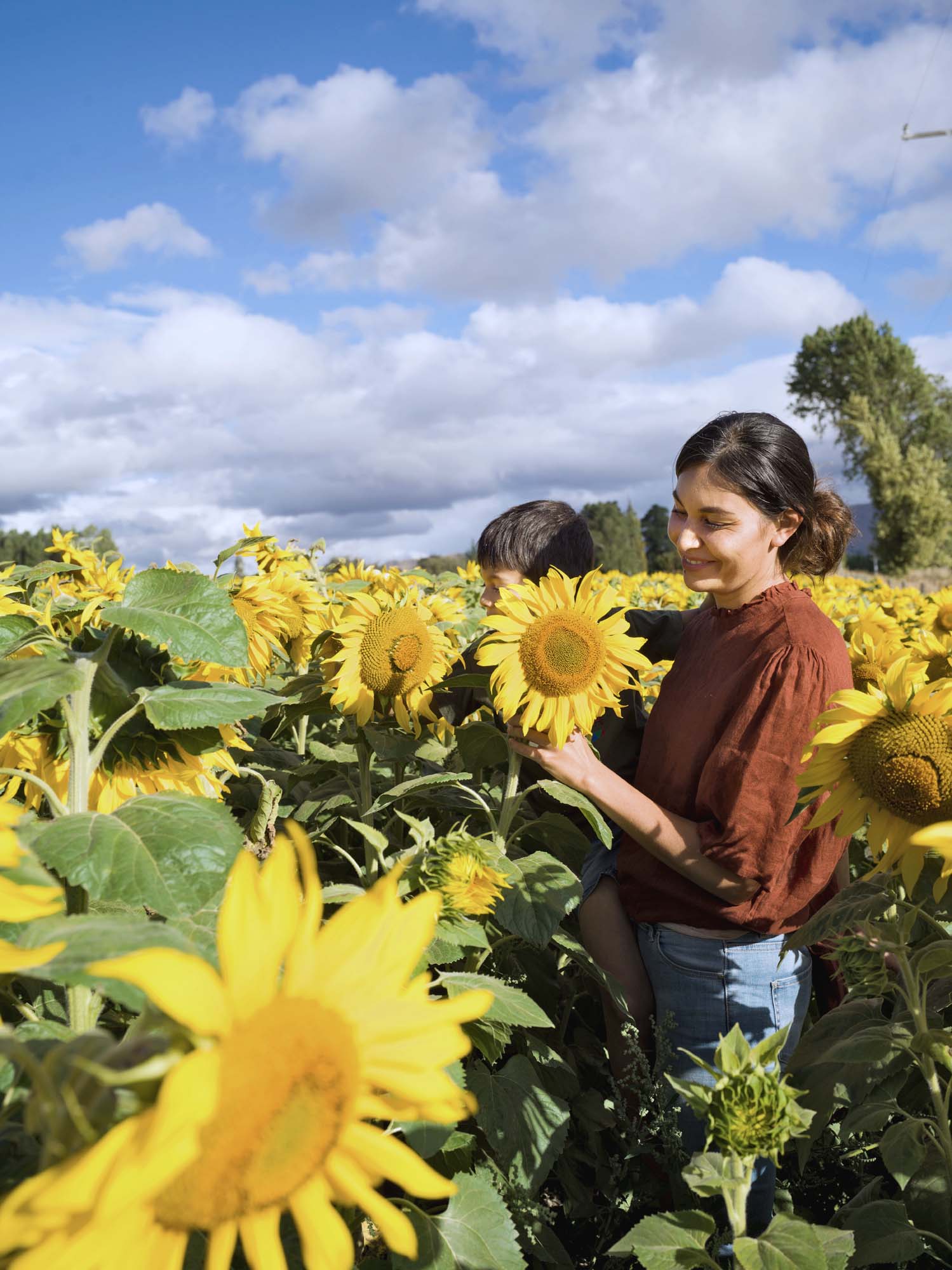
“Primarily, the reason we grew them was for the soil,” Nadia explains, “because they have amazing deep, long tap roots that break up the soil and aerate it naturally. Also, because they’re very bulky, they’re very carbonaceous. So once you chop and drop them and let them rot back on the ground and return to the soil, it adds a lot of carbon back. So they’re really, really good for helping to regenerate the soil. And one of the by-products is the seeds, of course.”
Nadia and Carlos were told it was unlikely they’d be successful growing sunflowers because the farm is 650 to 900m above sea level; probably, says Nadia, one of the highest farms in New Zealand.
“Anyway, we thought we’re going to give it a go. We want to do this anyway. So we did give it a go and ended up being one of the highest-yielding sunflower farms in New Zealand, which was really cool.”
On top of that, she says, they did it without using chemical sprays.
Nadia makes a point of stressing their crops are chemical-spray-free on the farm, but not certified organic. It’s part of the pragmatic approach she and Carlos are taking to working their land.
“We would never chemically spray crops or food that was for human or animal consumption,” she says. “But if there was a whole paddock riddled with weeds before planting, and we couldn’t get rid of that, we would consider spraying those weeds and then letting it fallow [rest] before putting in the crops and letting them get up and away without having to use any chemical sprays or anything.”
The pragmatism is one of the things Nadia has learned on her farming journey so far.
“With all of this farming and food production – it’s really not that simple. A lot of people read media stories and I think they come away thinking, ‘Oh, why doesn’t everyone just go organic? That’s how we should be doing things.’
“In a home garden it’s easy to be organic, but actually on a large scale – on a scale to feed a population – it’s not that simple. You can’t hand- weed and squash the bugs on 200 acres of crops.”
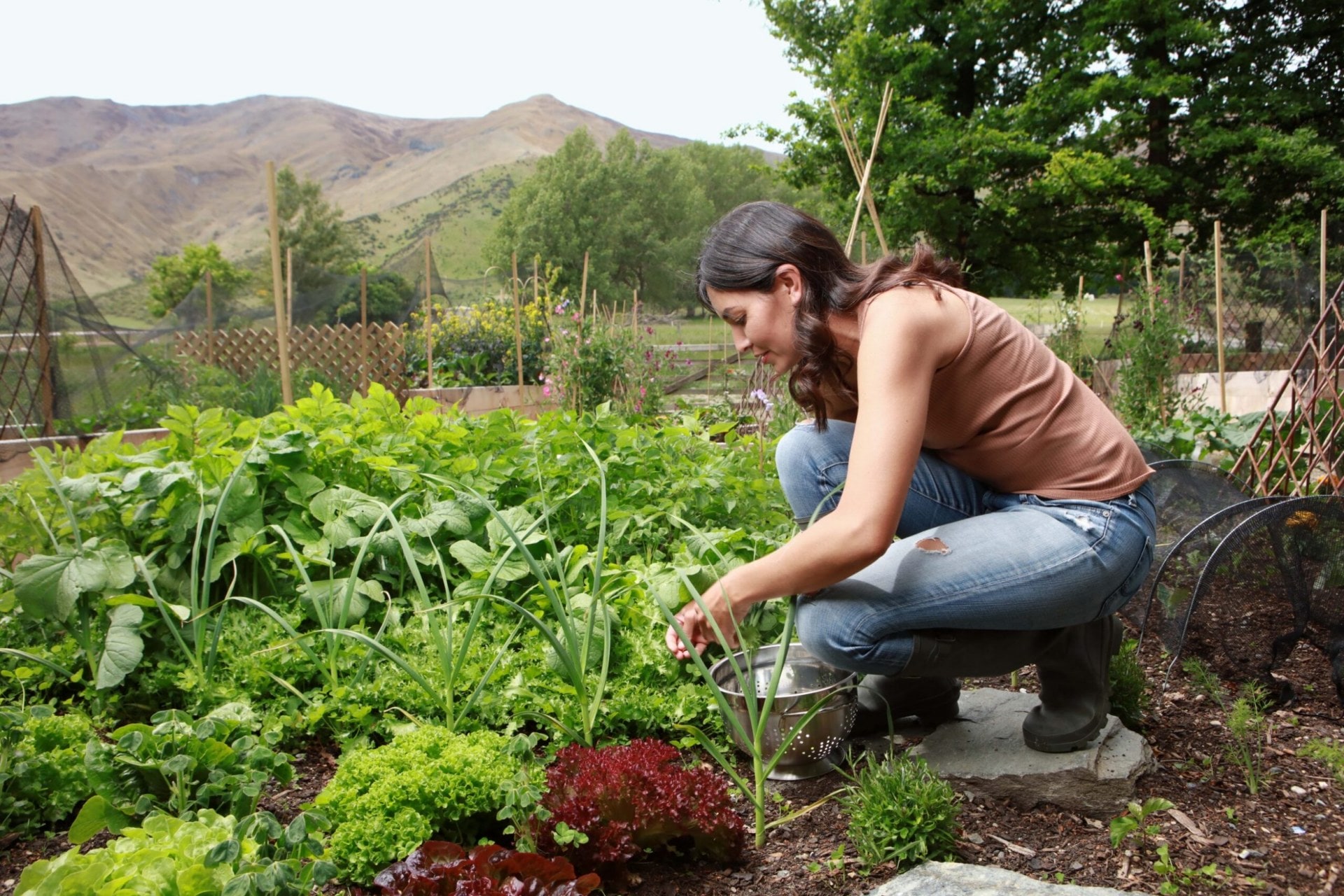
But there are, she’s observed, “other ways of doing things really well; things that are genuinely good practices”.
She goes back to the weed example. “You could plough it all up, but I don’t think most people realise ploughing is one of the worst things you can do for your land, because you’re disturbing the whole microbial ecological system underneath the ground, in the soil. That takes a long time to build up, and that’s what gives your soil its resilience. And on top of that, you’re releasing all this carbon into the atmosphere.
“Our aim is to be regenerative and eventually also organic, but there’s a transition period, and you have to earn your stripes.
“So you’ve got to be really pragmatic. You’ve got to be genuine at heart with your approach and wanting to do the best by the environment and your animals. But at the same time, you’ve got to think logically and instinctively and weigh up pros and cons. It’s quite a skill set, to be a good guardian of the land, but also at the same time produce food at scale.”
It’s a balance she thinks can be struck. “There is this way of taking the best of both worlds and being genuine – where you use some modern technology where needed, but you’re also really keeping in tune with nature and the most natural way of producing food.”
Nadia likens that approach to how we might think about being healthy as humans.
“If I make parallels to the human body, obviously your priority with your health as a human when it comes to what you eat is to eat a wide variety of food that’s as unprocessed as possible and grown in the best way. And you build your health and strength up from within.
But if you need it, if you need antibiotics, say, then you take it, but hopefully that’s hardly ever. You should never rely on supplements or medicine, but sometimes a little bit can be useful. That’s pretty much exactly our approach.”
The urban-rural divide
Nadia says she feels sad at what she perceives as a “miscommunication and misunderstanding” between the urban and rural communities in New Zealand.
“There seems to be a bit of a rural-urban divide, and with a lot of the issues around farming that are talked about in the media, I just feel sorry for some farmers, because people seem to not realise that there are such different systems within farming,” she says.
“I feel sorry for a lot of farmers that have been broad-brushed with the same stroke as other farmers who aren’t doing a great job – because let’s face it, it’s the same as every industry. There are people who are doing it who shouldn’t be doing it, and who really don’t care. And we don’t want those people in this industry. But then there are some who are genuinely really doing a good job.”
The misunderstanding could be cleared up with more and better education around food, she thinks.
“I just can’t get my head around why food education’s not a mandatory part of the school curriculum. Because as I’ve said so many times before, how to feed yourself is literally, probably, one of the top three most important skills for life. I don’t think anyone can deny that.
“We wouldn’t be facing so many problems with our food system if everyone actually understood a lot more about how things worked.”
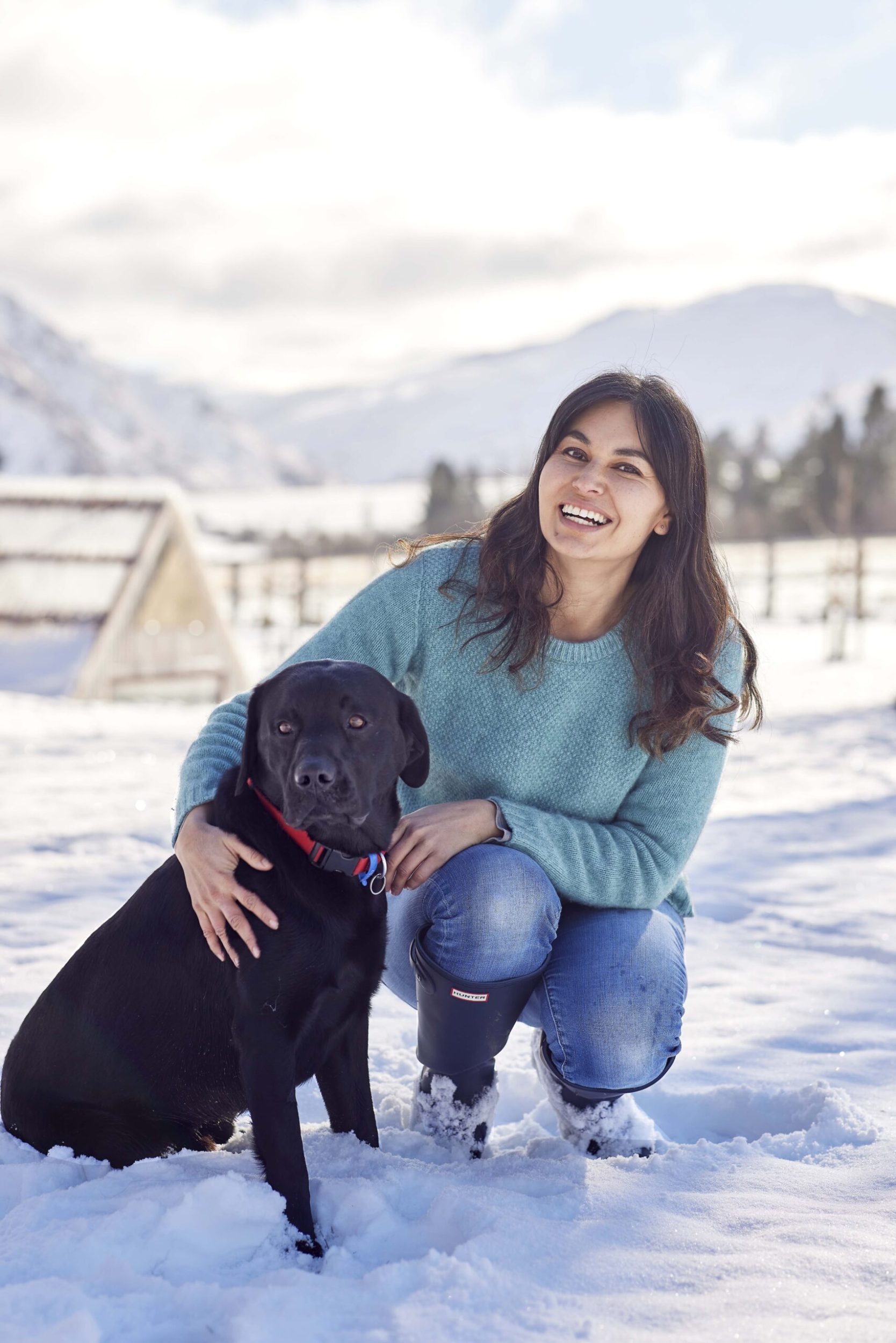
Always learning
The transition to farming life has been “super-easy”, Nadia says. “It kind of feels like we’ve always lived this way.”
The self-professed introvert – who says she loved lockdown and could happily go for months without seeing another person – also clearly thrives on all the new learning she’s been doing.
“I’m so motivated to learn about new things. I’ve done the cooking thing for so long and of course I still enjoy cooking – though not under pressure. The family meals get a bit boring and tedious and I don’t get to be as creative a lot of the time now. But I am absolutely loving learning about what goes on behind your plate as opposed to focusing on what’s on it.
“And I think it’s really important because that is obviously such a key part of the whole circle. It’s really cool to now be part of that journey… it’s just constant, constant learning.”
IMAGE BY MATT QUÉRÉE AND ADDITIONAL IMAGES BY ROBERT TRATHEN, RACHEL MCKENNA & COURTESY OF NADIA: A SEASONAL JOURNAL.

